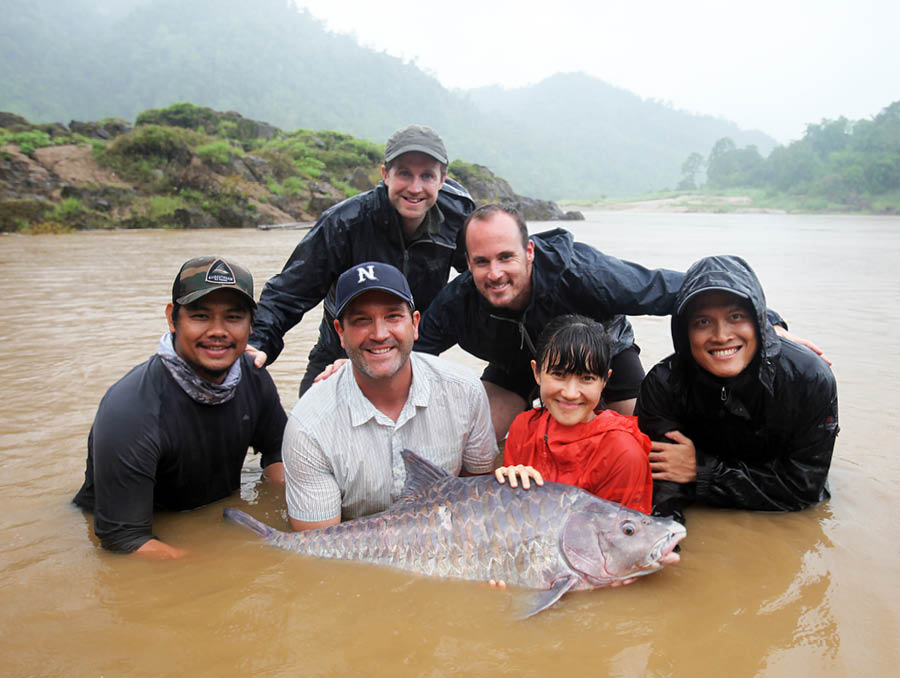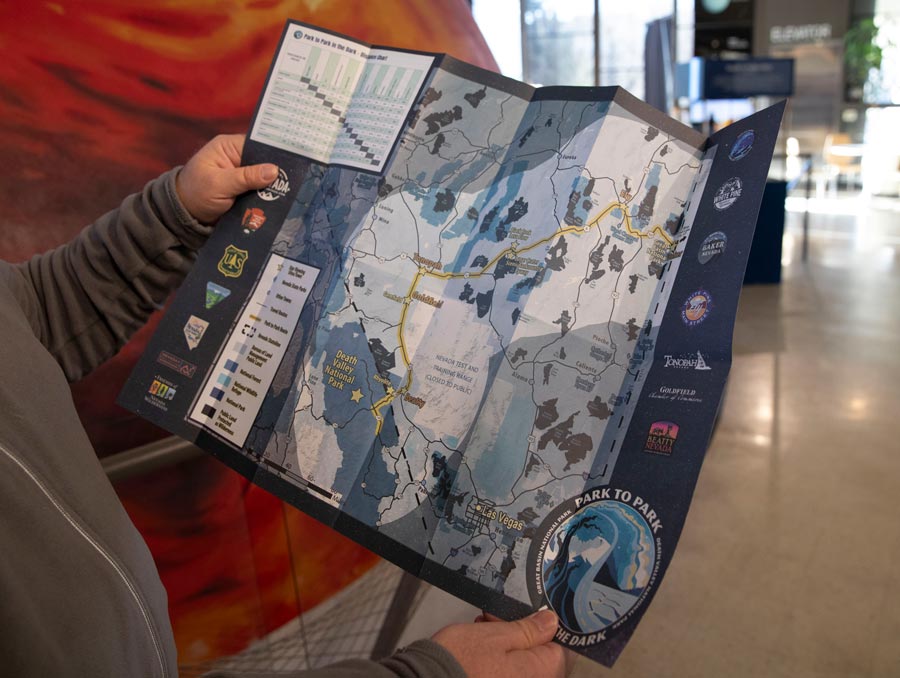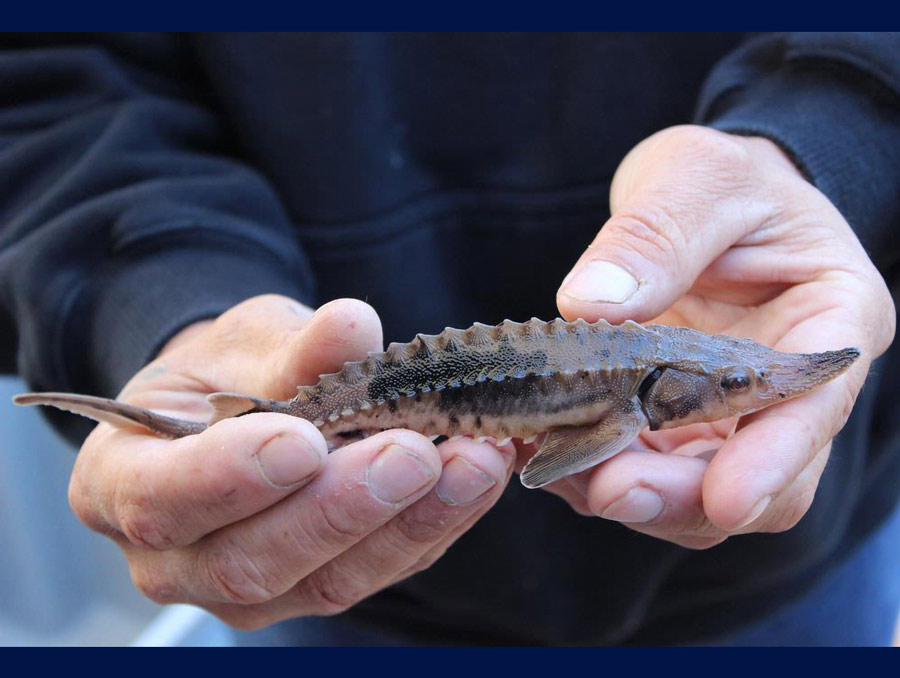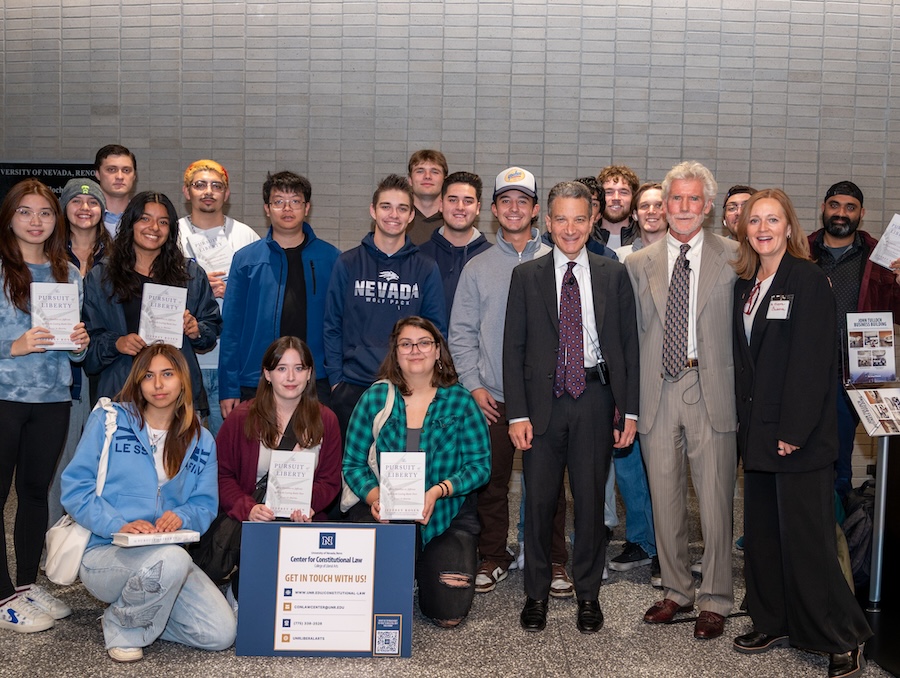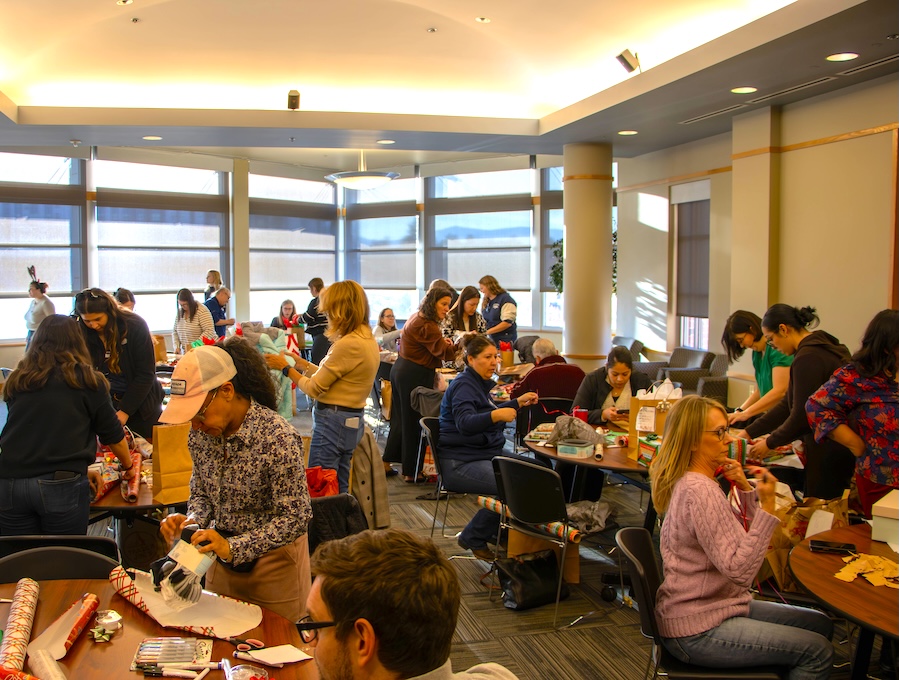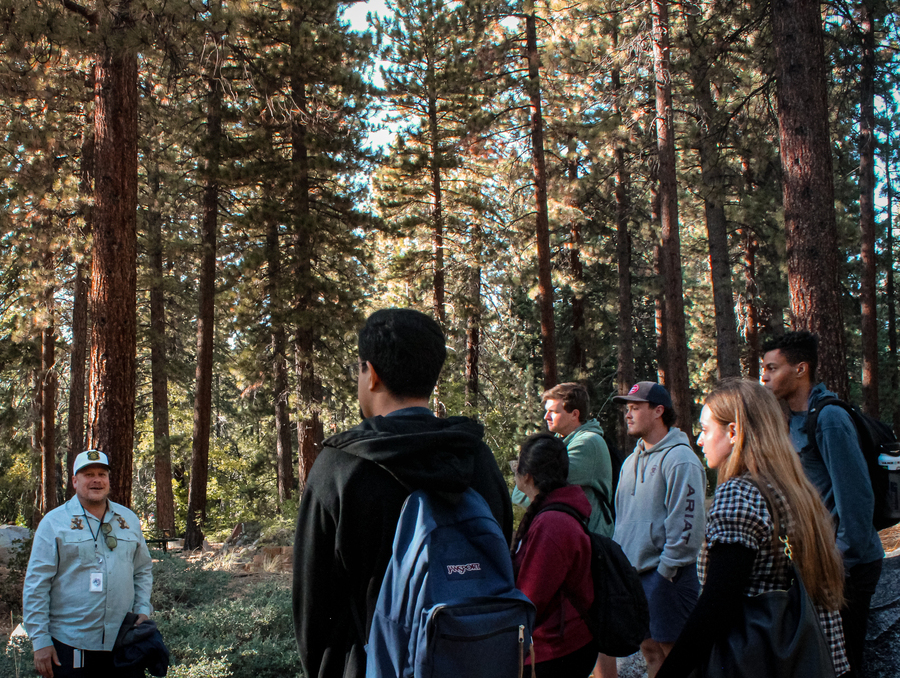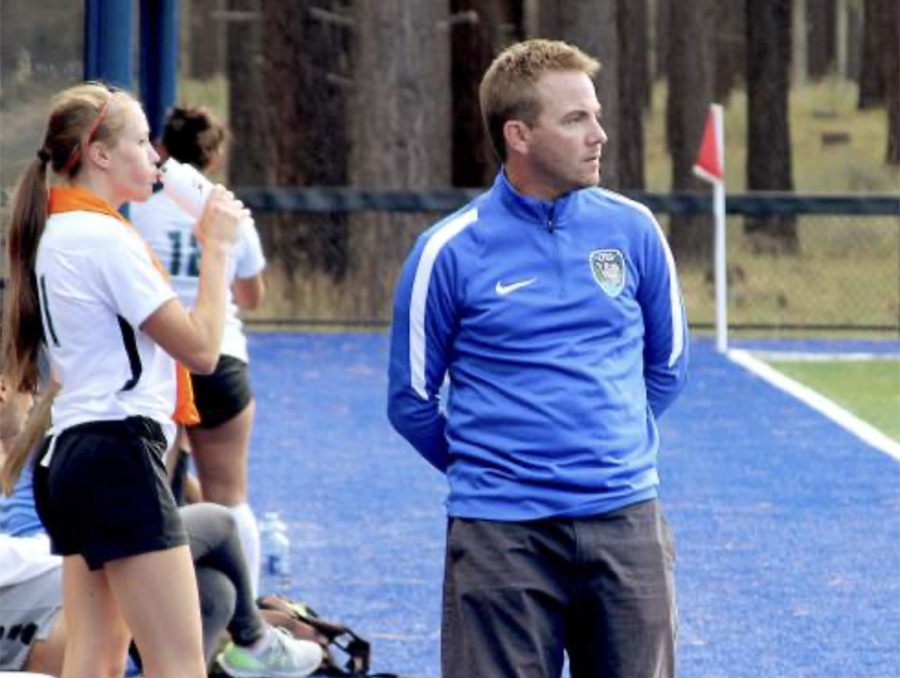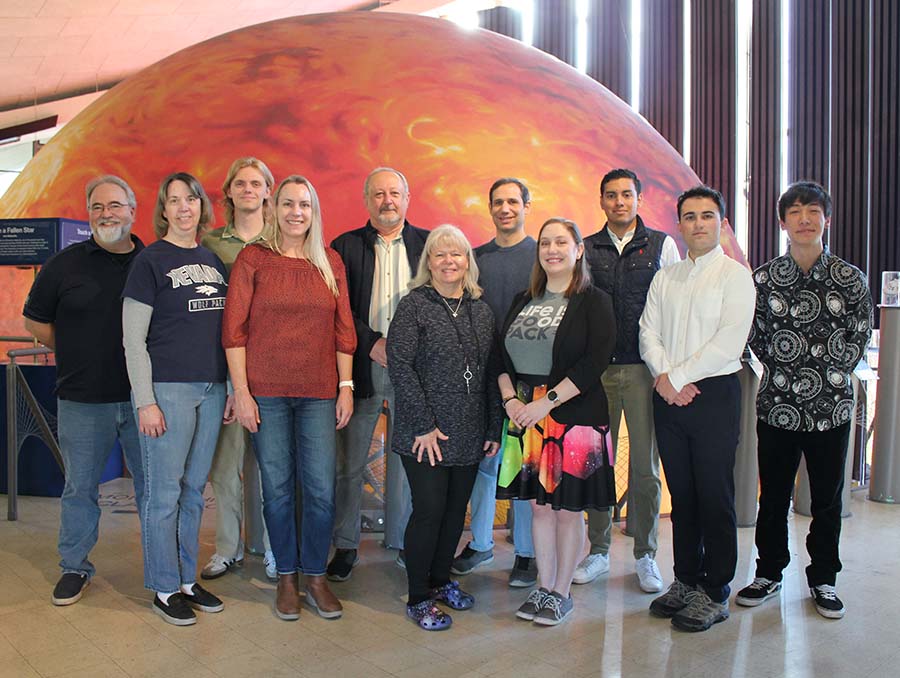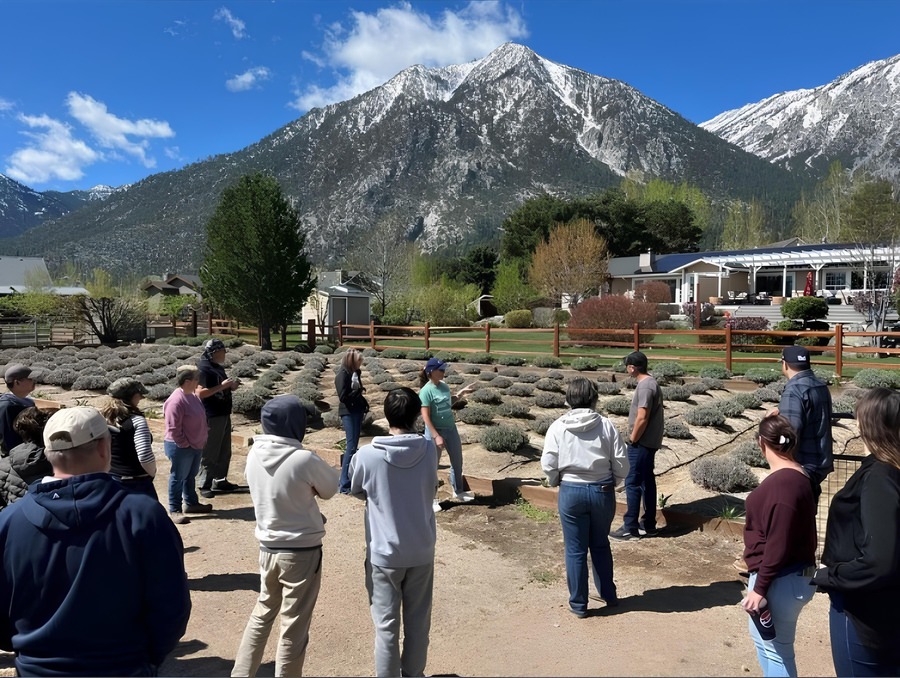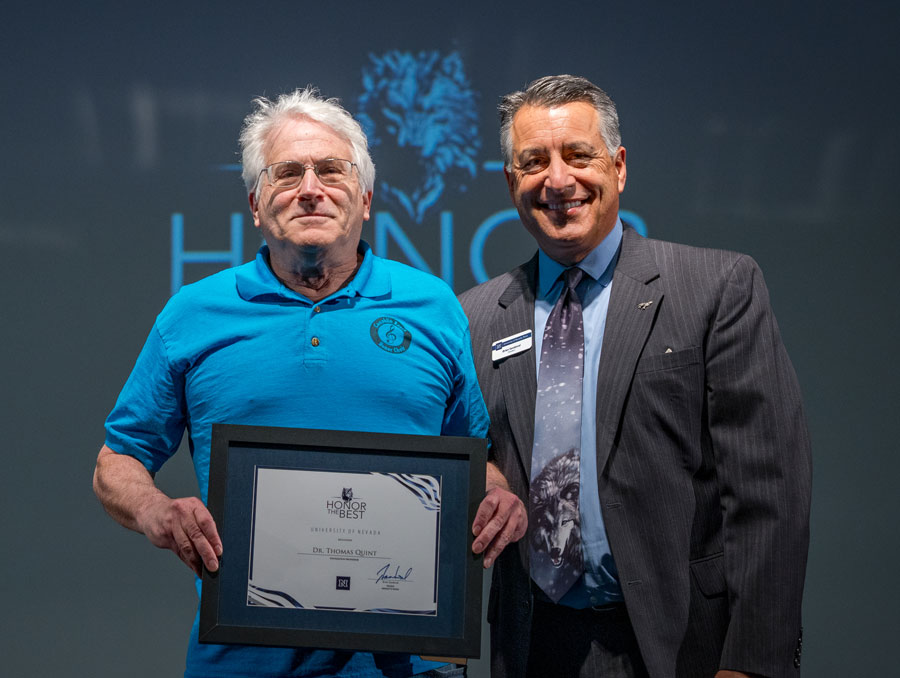From July 15–17, leading scientists, conservationists, and policy experts from around the world will convene at the University of Nevada, Reno at Lake Tahoe for an international summit focused on migratory freshwater fish and the identification of global freshwater migration corridors, the aquatic equivalents of bird flyways and terrestrial wildlife pathways.
Hosted by the Tahoe Institute for Global Sustainability, with support from PlusFish Philanthropy, the summit brings together representatives from the United Nations Convention on the Conservation of Migratory Species of Wild Animals (CMS), World Wildlife Fund (WWF), the International Union for the Conservation of Nature (IUCN), and top universities and research institutions from Europe, Asia, and the Americas. Students from the University of Nevada, Reno will also have the opportunity to participate and contribute to discussions and decisions.
Participants will collaborate to refine datasets, identify key regional and transboundary migratory routes, and develop science-based tools to support the protection of freshwater fish species, many of which are undergoing severe global declines. The outcomes of this meeting will directly inform preparations for the 2026 CMS Conference of the Parties in Brazil, where more than 130 countries will set international conservation priorities.
“Understanding and safeguarding fish migrations is essential to sustaining freshwater biodiversity and the human communities that depend on it,” said Zeb Hogan, Ph.D., aquatic ecologist and summit organizer in the College of Science at University of Nevada, Reno. “Just as mapping bird flyways has helped protect migratory species across continents, we now have the opportunity to chart and conserve migration corridors for freshwater fish.”
The summit will include:
- Assessment of current data and global migratory fish databases;
- Mapping of high-priority freshwater corridors (e.g., Amazon, Mekong, Danube);
- Development of a freshwater fish module for the CMS Atlas of Animal Migration;
- Coordination of international efforts to identify species eligible for CMS listing.
While migratory fish are often less visible than birds or large mammals, their ecological, cultural, and economic importance is profound. Species such as salmon, sturgeon, and steelhead trout support multi-billion-dollar fisheries, deliver critical nutrients to upstream habitats, and play central roles in the identities and food systems of Indigenous peoples around the world. Yet global populations of migratory freshwater fish have declined by more than 75% over the past half-century due to dam construction, habitat fragmentation, overexploitation and climate change.
The summit also underscores Nevada’s own historical connection to migratory fish. Chinook salmon once traveled hundreds of miles upstream into northern Nevada via the Snake River system, and Lahontan cutthroat trout, the state fish, made remarkable seasonal migrations from Pyramid Lake and up the Truckee River to spawn. These historical patterns offer a powerful regional backdrop to the summit’s global discussions.
Today, restoration efforts, including the large-scale removal of dams on the Klamath River, are reshaping how governments and communities think about freshwater connectivity. The outcomes of this summit can inform such forward-looking projects and help guide future actions to revive and protect fish migrations across continents.
“This summit is part of a broader effort to reimagine our relationship with rivers not as fragmented systems, but as lifelines that connect species, ecosystems and societies,” said Melanie Virtue of the CMS Secretariat.
This international gathering also highlights the University of Nevada, Reno’s growing leadership in environmental science and sustainability. The newly established Tahoe Institute for Global Sustainability, which is hosting the event, exemplifies the university’s commitment to advancing solutions to the planet’s most pressing environmental challenges through collaborative, science-based innovation.
By generating critical knowledge and strategies for the conservation of migratory freshwater fish, this summit contributes to a global movement to safeguard biodiversity, promote healthy rivers and protect the environment for future generations.
